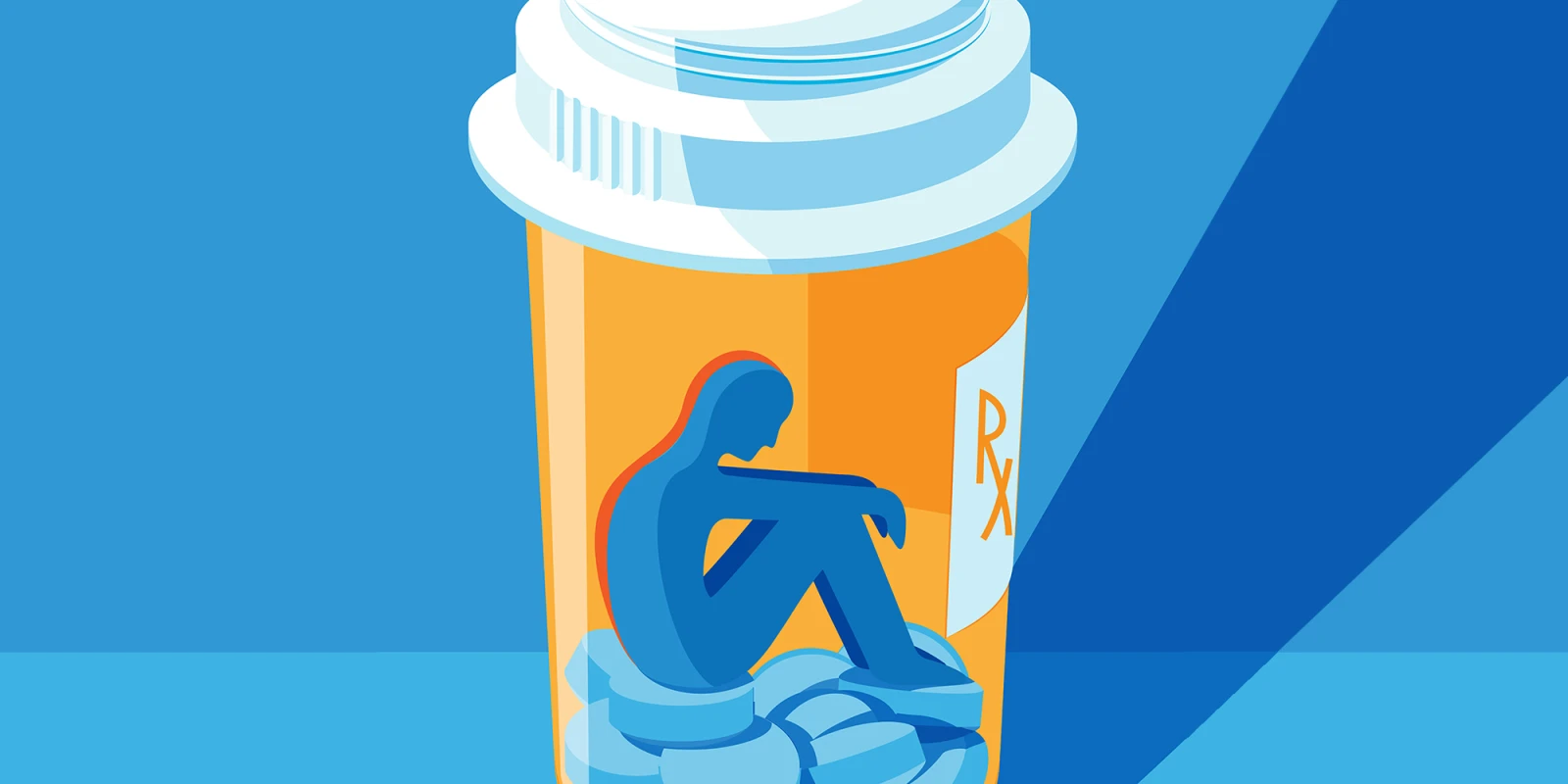
When seeing patients in my clinic who have pain, I instantly think about how prescribing painkillers could lead to an opioid addiction. Patients who describe "pain as my middle name" after suffering with it for decades, or those with broken bones or cancer—the potential for addiction lingers with each one. Doctors like myself have been educated on how to prescribe opioids, yet the training has drastically changed since opioids started to be more widely used in the mid-1980s. Much of what we know about the opioid epidemic has been learned over decades alongside physicians like Dr. Edward Michna, who saw when these painkillers came onto the market.
Dr. Edward Michna, a pain medicine doctor and anesthesiologist at Brigham and Women's Hospital, has practiced medicine for over 20 years. He has seen the views of doctors change over time. He says abuse of painkillers is not new. When pain was made into a vital sign in the 1990s, similar to numbers like blood pressure and heart rate, Dr. Michna started urging providers to screen for addiction in all patients being prescribed these medications, including those with cancer.
How dare I suggest that there is substance abuse in cancer patients? Michna said he heard the question regularly from other doctors in the early- to mid-1990s. Little did his colleagues know that the opioid epidemic was just beginning and would lead to more than 49,000 American deaths by 2017 (according to the CDC). Since that time, Dr. Michna has seen lots of patients that he says "were originally prescribed [painkillers] for one reason who no longer use them for pain, but to get high."
One patient he remembers, a 64-year-old man who had back surgery that left him in chronic pain, was put on daily opioids prescribed by another doctor. This led to the patient's addiction and later overdosing on the drug. Even as Dr. Michna helped treat his patient's addiction and back pain with non-opioid therapies like tylenol and acupuncture, he still was challenged with his narcotic addiction. "He wanted to go back on the opioids once titrated off … and I refused," Michna said. This patient, like so many others, became unknowingly addicted to a medication that was supposed to help.
Learning from these mistakes, doctors across the country are now being trained to properly prescribe opioids. Similar to my medical training just a few years ago, Dr. Sharon S. Stoll states that she was taught to shy away from prescribing opioids as part of the new generation of doctors. Graduating in 2016 from her Neuroimmunology fellowship training at Yale, she began practicing medicine in a time where there was a rise in the number of drug overdoses. Now as an assistant professor, she prefers prescribing opioid substitutes like anti-nausea and less addictive pain medications for conditions including headaches and migraines.
"I don't prescribe it, but I don't discourage the use of [other medications like] marijuana for conditions like multiple sclerosis spasticity. It is less addictive and safer than oxycodone," Stoll states. Yet there are still patients who may need opioid medications and doctors have developed ways to safely treat them.
To assist in getting the right medications only to patients who need them, hospital systems have implemented programs to decrease unnecessary opioid prescriptions. Programs, like the Sole Provider at Walter Reed Medical Center, have the goal of monitoring, identifying, and preventing opioid overuse and abuse. Dr. Nancy Baxi, former chair of the Sole Provider Program and a primary care doctor, helped craft the opioid program that began after several soldiers experienced opioid abuse.
"We did a lot of education with our staff, mostly the physicians. We changed the culture of opioid prescribers at our hospital," Baxi states.
Within the program, health professionals are given one-on-one sessions and lectures focused on how to prescribe opioids correctly. Each patient is matched with a doctor who is the only doctor in charge of prescribing him or her painkillers. Soldiers are then required to sign an opioid use agreement, pledging not to misuse the medication.
According to Dr. Baxi, educating health professionals through multidisciplinary panels including specialists in psychiatry, primary care, psychology, pharmacy and social work is the key to this program. Members of these different specialties gather at meetings to discuss if opioids are appropriate for each patient or if the dosage of medication should be decreased.
While such programs may help in prescribing fewer painkillers, there is still work to be done. A recent study published by Annals of Internal Medicine found that after reviewing over 30,000 medical charts from patients on painkillers from 2006 to 2015, one-third of them lacked specific documentation supporting why opioids were prescribed.
According to the study, "Requiring more robust documentation to show the clinical necessity of opioids … could prompt providers to more carefully consider the need for opioids while facilitating efforts to identify inappropriate prescribing."
With the recent news from HHS Secretary Alex Azar, stating that doctors are "beginning to turn the tide" (due to fewer opioid overdoses last year), there is hope. We must continue to educate both doctors and patients on the hazardous effects that opioids may bring.






